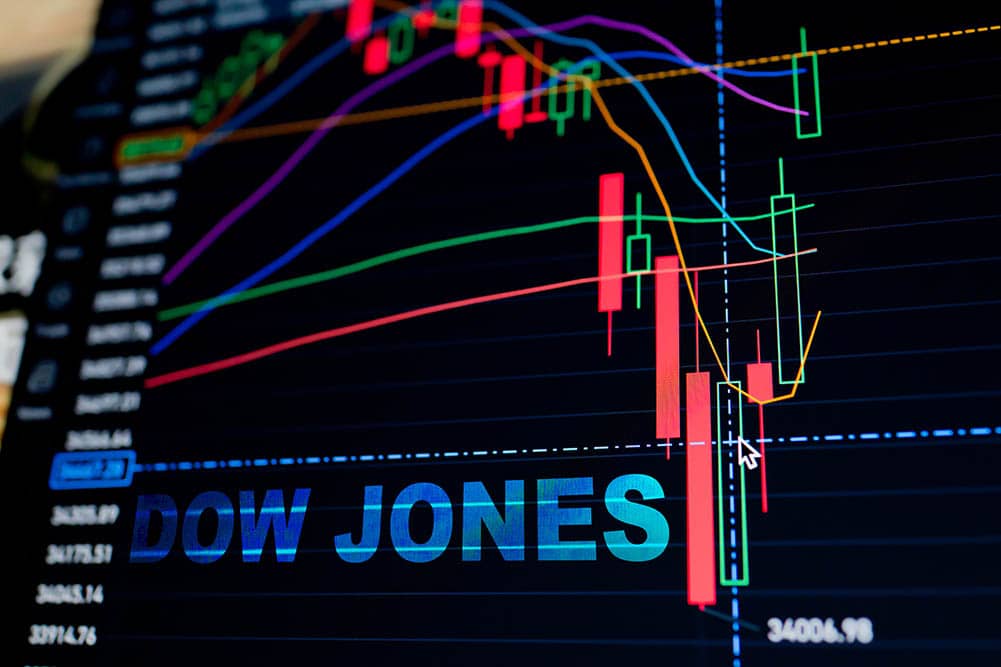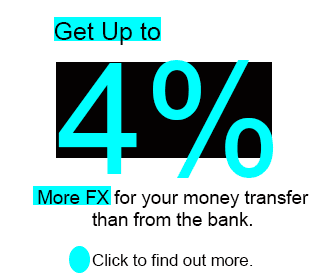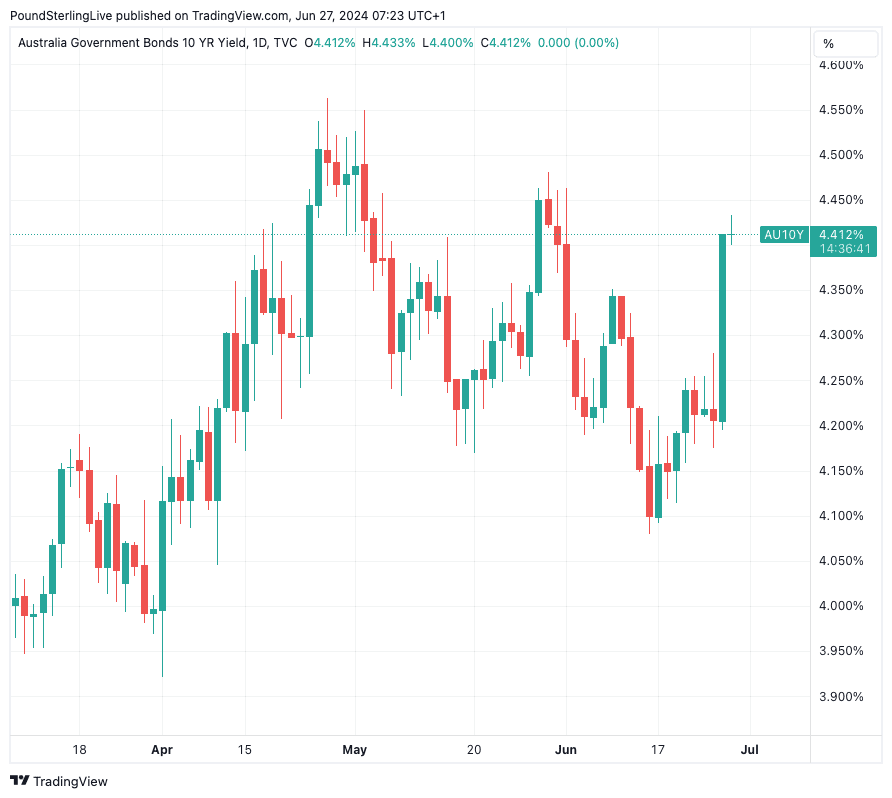Pound Sterling Pressured By Euro and Dollar as Global Markets Fear Inflation's Return
- Written by: Gary Howes
-

Image © Adobe Images
The British Pound dropped amidst surging bond yields and falling global equity markets as investors feared inflation was making a return.
The sentiment of international investors and moves in the global financial marketplace are in charge of the Pound at present amidst a lack of domestic data or developments. Falling equity markets tend to soften the Pound against the Euro while it underperforms, more notably, against the Dollar.
However, it can advance against other currencies in such circumstances, particularly Australian and New Zealand Dollars and Scandinavian currencies.
"Indices fall back as inflation worries return," says Chris Beauchamp, Chief Market Analyst at IG. "Higher inflation in Australia has not helped matters, and raises the uncomfortable prospect that major bugbear of the past two years is set to make an unwelcome return, leading to rate hikes featuring in central bank policy once again."
The Australian monthly inflation indicator surprised to the upside as inflation increased for a third consecutive month. This was less than 24 hours after Canada released a similar surprise. These figures underscore a fear that global inflation is rising again.
Such a scenario would mean central banks might have to raise rates again or stay at elevated rates for even longer. This would push up bond yields, which in turn would weigh on stocks and slow economic growth. "Bonds are selling off, and yields are rising after Australian inflation data spooked the market," says Kathleen Brooks, an analyst at XTB.
Above: Australian 10-year bond yields surged by the biggest amount since March 2023.
The Pound to Euro exchange rate fell 0.20% on Wednesday and is sustaining the loss at 1.1812 at the time of writing on Thursday. If this weekend's French election passes without fanfare, we look for a break below 1.18.
The Pound to Dollar exchange rate dropped half a per cent to 1.2616. "GBP plummeted and dropped to 1.2616. Downward momentum is picking up again, and a break of 1.2600 would not be surprising. The next level to watch below 1.2600 is at 1.2550," says Quek Ser Leang, Markets Strategist at UOB.
"The trade-weighted dollar remains an unstoppable juggernaut as Fed officials make aggressive noises and conditions elsewhere continue to favour currency weakness," says Karl Schamotta, Chief Market Strategist at Corpay.

"Risk sentiment has drained from financial markets," says Brooks. "The root cause of the sell-off appears to be twofold: 1, the bond market, which is also selling off... 2, concerns about the Fed pushing rate cuts further out to the future."
Recent appearances by Federal Reserve officials have only added upward pressure to yields and stoked market anxieties.
"Fed officials remain hawkish," says Dr. Win Thin, Global Head of Markets Strategy at Brown Brothers Harriman.
Federal Reserve policy setter Michelle Bowman said, "we are still not yet at the point where it is appropriate to lower the policy rate. Given the risks and uncertainties regarding my economic outlook, I will remain cautious in my approach to considering future changes in the stance of policy."
She also revealed that she is one of several Federal Reserve policy setters who sees no cuts this year, making her one of four Fed policymakers who think rates will remain unchanged.
According to projections released by the Fed on June 12, seven of her colleagues see one cut, and eight see two cuts.
"I remain willing to raise the target range for the federal funds rate at a future meeting should progress on inflation stall or even reverse," said Bowman.







